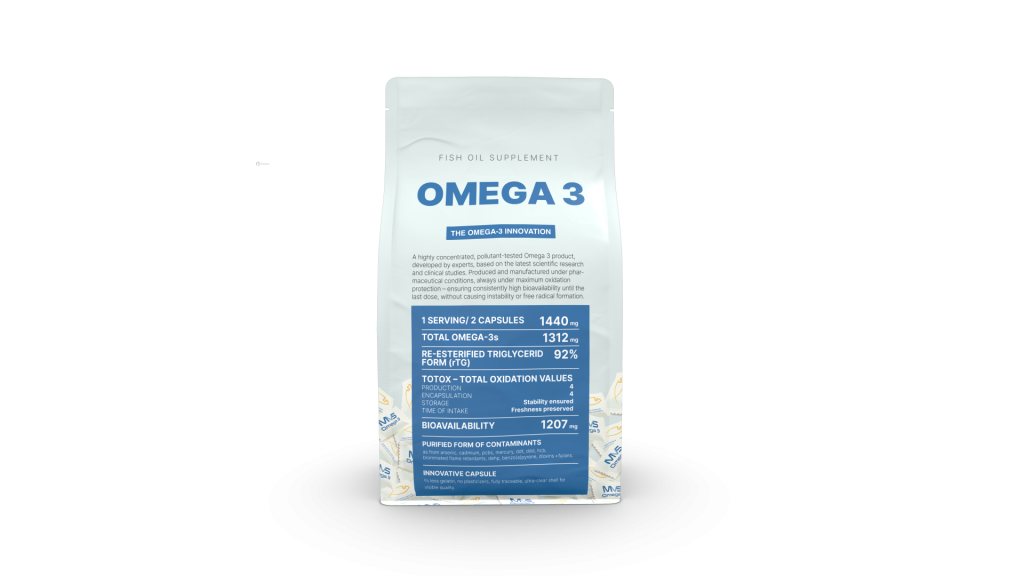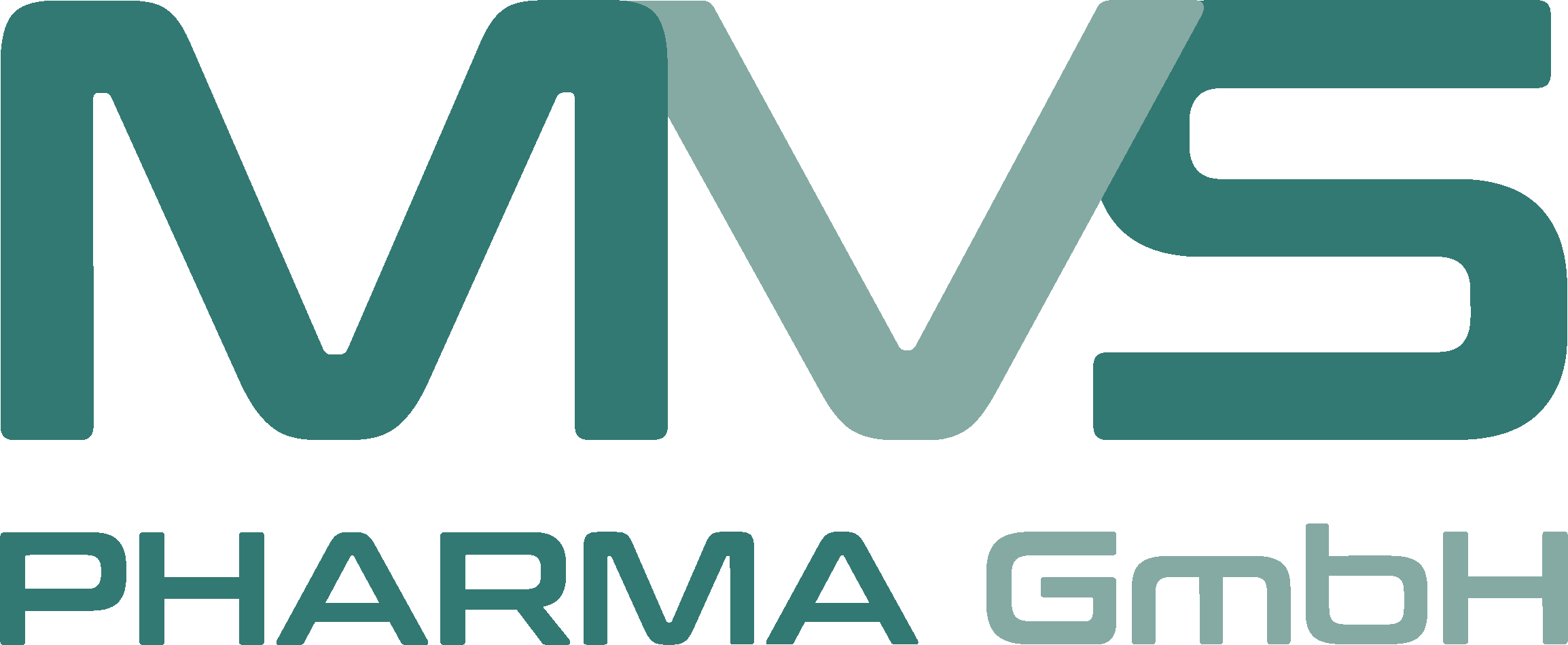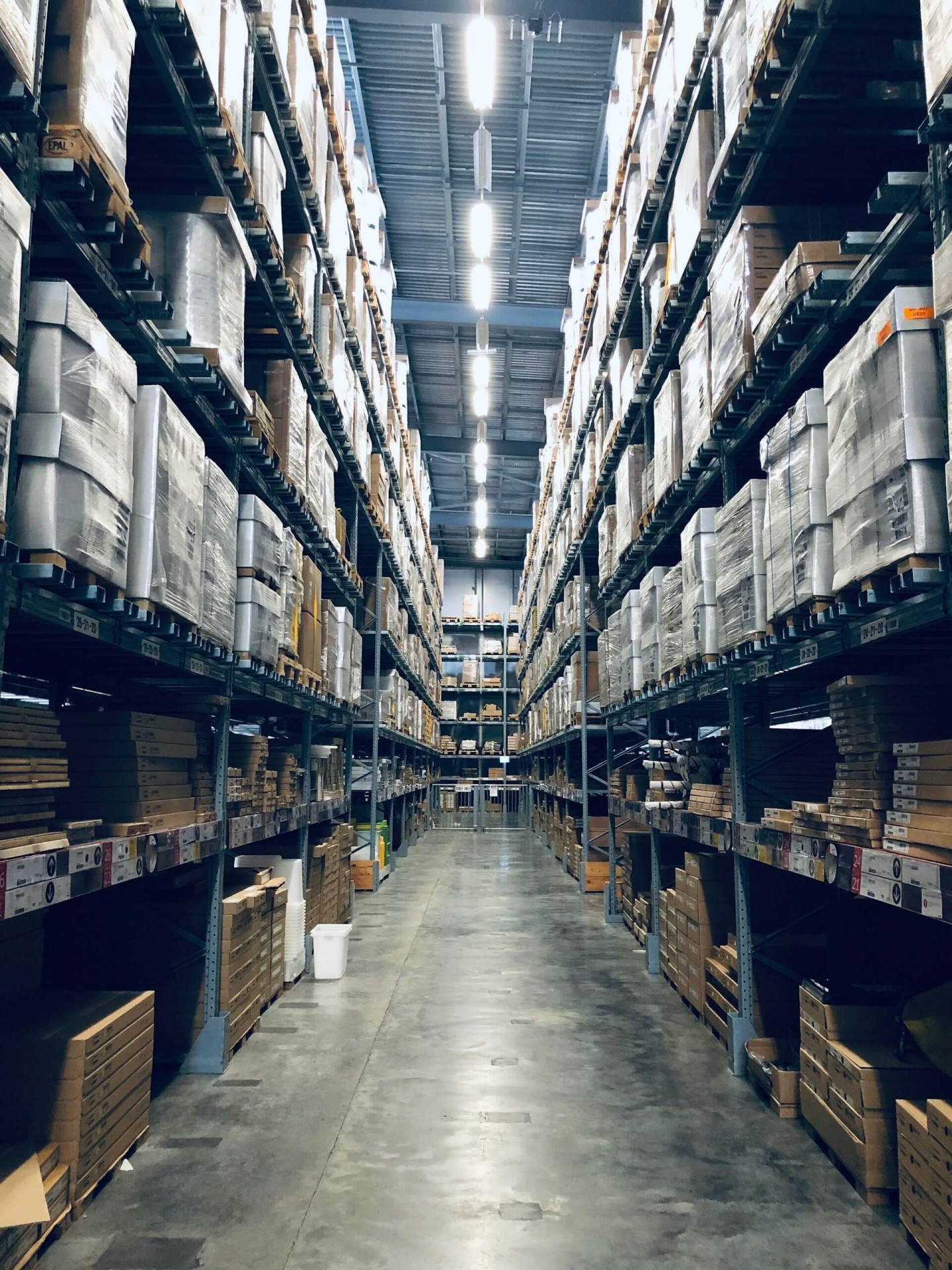No medicinal product remains stable for all time. The potency or strength of the active ingredient drops over a period of time. Visually, it also formulates changes and becomes discolored, develops spots, becomes powdery, or shows other distinct changes, so the concern arises as to how long after manufacture the formulation can be used, or in other words, what is its shelf life. This article explores the essential aspects of shelf life studies for medicinal products, their regulatory significance, and how MVS Pharma ensures the safeguarding of public health.
Table of Contents
What is Shelf life?
Shelf life is defined as the time period over which the concentration of the active drug ingredient in the formulation drops by 10 percent from its value at the time of manufacture. It depends on several environmental factors under which the finished product is stored, and the primary goal is to establish an expiration date.
Factors Affecting This Period
The environmental factors that influence shelf life are:
- Temperature: The decomposition of active drug ingredients takes place at a faster rate with a rise in temperature.
- Humidity: An increase in humidity levels leads to crust formation on tablets due to increased oxidation by air. Excess moisture also facilitates the growth of microbial bacteria.
- Light: Certain compounds are sensitive to light and degrade on exposure. For this reason, such pharmaceutical products need to be stored in light-tight containers.
- Reaction of active ingredients with excipients: Excipients are added to active ingredients to improve their characteristics. However, care should be exercised in making the right combination so that they remain inert towards the active ingredient
- Exposure to air: Oxygen present in the air can accelerate the oxidation of drug ingredients and shorten their useful life.
- Microbial contamination: Microbial contamination occurs due to the unintentional exposure of the formulation to microbes present in contaminated environments.
How Shelf Life Studies Are Conducted?
Shelf life studies involve a series of tests conducted under controlled conditions to simulate the effects of time and environmental factors on a product. It is conducted according to ICH guidelines (e.g., ICH Q1A (R2)). These studies typically include:
- Real-Time Stability Testing: Products are stored under recommended conditions and tested at regular intervals over the proposed shelf life.
- Accelerated Stability Testing: Products are exposed to elevated stress conditions (e.g., higher temperature and humidity) to predict their stability over a shorter period.
- Forced Degradation Studies: Products are subjected to extreme conditions to identify potential degradation pathways and degradation products.
The main objective of shelf life studies is to generate valid data to ensure that the consumers are made available pharmaceutical formulations that are safe to use, effective for the required treatments, and reliable.
The Role of Shelf Life Study for MVS Pharma as a Distributor
As distributors, we rely on the shelf life data provided by manufacturers to ensure that the products we deliver meet the required quality standards. This information helps us to verify that the products have not degraded during transit or storage and that they will perform as intended when administered to patients. The Regulatory authorities, such as the EMA, BfArM, and WHO, require that medicinal products be distributed within their approved shelf life and under specified storage conditions.
Conclusion
At MVS Pharma GmbH, we take our role as distributors seriously. Distributors are a crucial link in the supply chain, and any failure to respect shelf life limits or storage conditions could compromise patient health. The primary goal of the shelf life study is to protect patient safety and help us manage inventory more effectively. By prioritizing the distribution of products with shorter shelf lives and ensuring proper stock rotation, we minimize waste and reduce the risk of expired products remaining in the supply chain.
This is an effective tool for us to build trust among healthcare providers, pharmacies, and patients and strengthen our reputation as a reliable partner in the healthcare ecosystem.
Disclaimer:
As a service to our readers, MVS Pharma GmbH publishing provides access to our library of archived content in our blog. Please note the date of the last review or update on all articles. No content on this site should ever be used as a substitute for direct medical advice from your doctor or other qualified clinician.
MVS Pharma GmbH will soon be launching an omega-3 dietary supplement onto the European market that has been developed for the highest quality standards in terms of oxidation avoidance and therefore greatest bioavailability. In addition, in vitro studies are currently underway at the University of Ulm, in which Professor Dr. Rüdiger Groß tested a patented mouth and nose spray (Virudol) that can eliminate various flu viruses based on natural substances.

In addition, MVS has a wholesale license and has specialized in sourcing much-needed medicines such as Amoxicillin, Salbutamol, etc. from India through its local branch with a focus on local quality and safety testing, compliance with international GMP regulations and the highest quality level of user security (examples of local language brochures, identical units of measurement, batch control and full tracking, etc).


